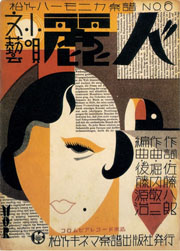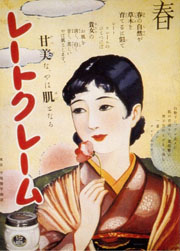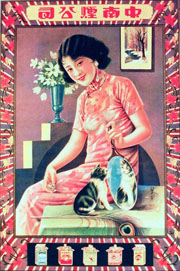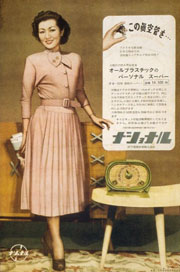Yu-chih Lai
Starting in the 1880s, there appeared in Shenbao many advertisements selling imported Japanese books. Most of them were illustrated painting manuals brought by very specific bookstores or individuals, such as Wang Yemei, the Shanghai painter who sojourned in Japan. This phenomenon went beyond the ordinary advertisements in Shenbao and had been well observed at the time by the famous Japanese entrepreneur Kishida Ginko, who pointed out the amazing profits involved in this trade. This was the first time in history that Japanese books flowed into China, instead of the other way around. And in such great quantities, it is a phenomenon on which sufficient attention has not been paid in the academic field.
Why were Japanese books, especially painting manuals, so popular in Shanghai? By whom and how were books chosen for the Shanghai market? What specific kinds of books were selected? Most importantly, who were the readers of those books? In order to answer these questions, we need to know that this period in Shanghai was one of great change in the history of Chinese publishing, when lithography and copper-plate printing were introduced commercially in Shanghai and were competing not only with each other, but also with traditional wood-block printing. Along with the help of the new style of advertisements in newspapers, the variety and quantity of books available in the market were unprecedented. Therefore, in addition to picturing how and what kind of Japanese books circulated in Shanghai as well as reconstructing the trans-cultural and social networks involved that facilitated the flow of books, this paper aims to show how not only reading, but also reading illustrated books (most importantly, foreign and exotic illustrated books) had become a visible scene in the urban leisure life of Shanghai in the late nineteenth century. This was a scene fueled by money and a craving for visual entertainment in the cosmopolitan setting of Shanghai.



